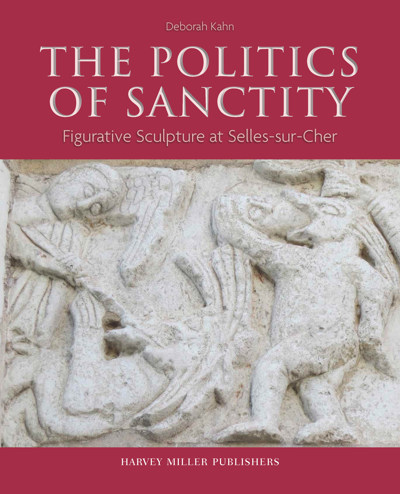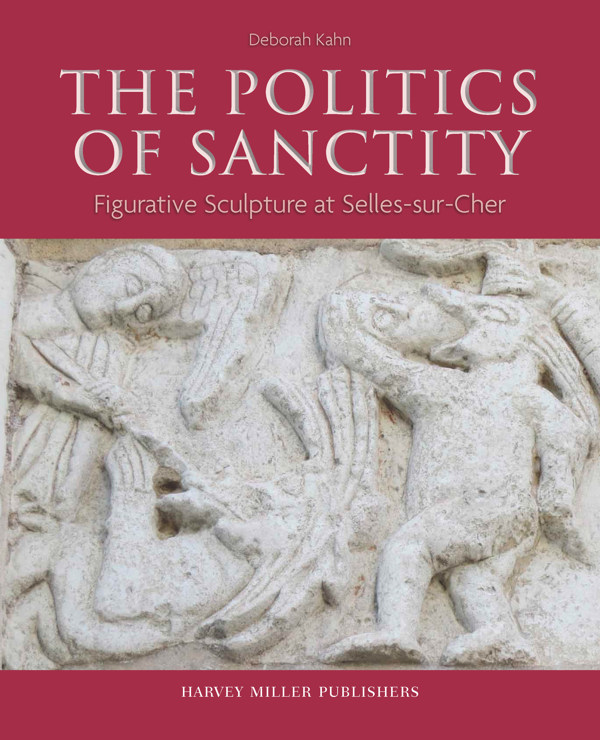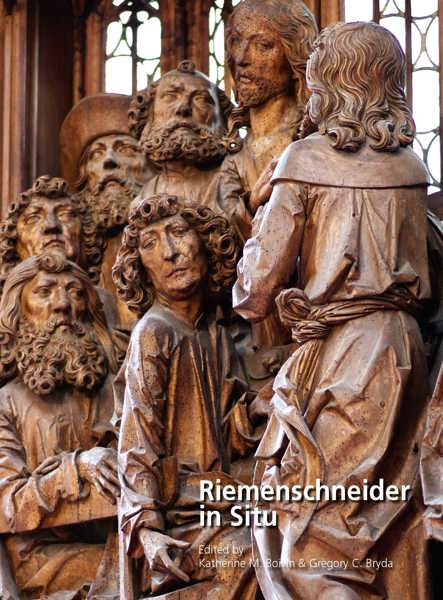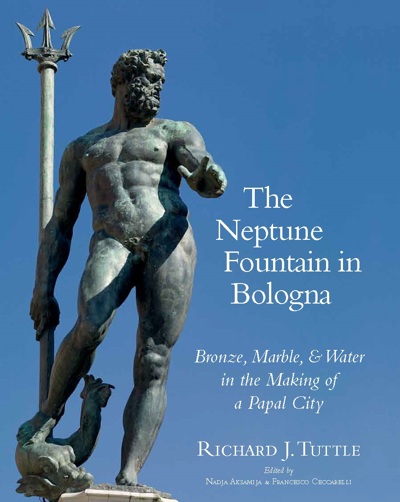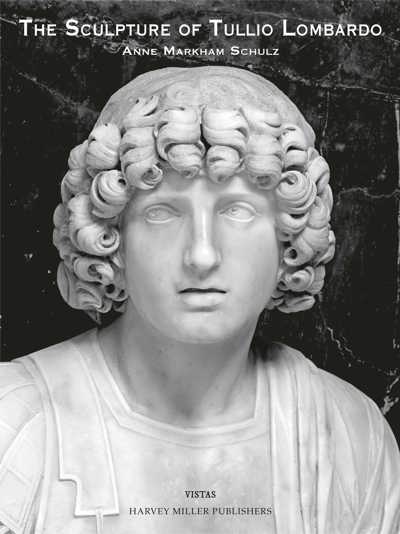
- Pages: 272 p.
- Size:220 x 280 mm
- Illustrations:40 b/w, 200 col., 5 maps b/w
- Language(s):English
- Publication Year:2021
- € 125,00 EXCL. VAT RETAIL PRICE
- ISBN: 978-1-912554-36-2
- Hardback
- Available
"A formidable study of the architecture and sculpture at Selles-sur-Cher, Kahn’s book situates the church’s artistic and intellectual creativity as a crucial site for the emergence of narrative monumental sculpture. Kahn skilfully shows how these early reliefs deploy narrative to encourage pilgrimage, warn of heresy, and decry Jews, while also mystifying the legend of a local saint, Eusice. Methodically argued, closely researched, and superbly illustrated, this book re-writes an important chapter in eleventh-century art."
Robert A. Maxwell, Sherman Fairchild Associate Professor of Fine Arts, Institute of Fine Arts, New York University
"Kahn’s beautifully illustrated, wide-ranging and meticulous study provides an eloquent model of how to situate an enigmatic sculptural program, here on the church at Selles-sur-Cher, within the broadest possible cultural context, one defined by the charged politics and anti-Jewish and anti-heretical polemics that marked the period prior to the First Crusade. This is a book that will command the interest of art historians and historians alike."
Jeffrey F. Hamburger, Kuno Francke Professor of German Art & Culture, Harvard University
"Deborah Kahn’s monumental and remarkable analysis provides the keys to the creative process which gave rise to an astonishing carved narrative frieze, affirming the dogma of the Eucharist. The sculptors drew on multiple sources including the notebooks of Adémar de Chabannes. As a result of Kahn’s work, the study of graphic models of transmission and the subtle play of the adaptation and reinterpretation of those models will be essential for anyone wishing to understand the genesis and diffusion of Romanesque art."
Philippe Plagnieux, Professeur d’histoire de l’art médiéval à l’Université Paris 1 Panthéon-Sorbonne et à l’École nationale des chartes
“In sum, this model study advances our understanding of not only an important monument but, more broadly, the early development of Romanesque sculpture. It is essential reading for anyone interested in that history.” (Kirk Ambrose, in Church History, December 2022, p. 909)
“Deborah Kahn’s The Politics of Sanctity is an ambitious, interdisciplinary attempt to provide a deep reading of the small church of Selles-sur-Cher (Loir-et-Cher) in central France. Kahn fulfils this central goal triumphantly, revealing in the church and its sculpture a valuable new source for historians and art historians alike. The book makes major contributions to understandings of early Romanesque architecture and sculpture, as well as to the history of eleventh-century religious thought and culture.” (NIALL Ó SÚILLEABHÁIN, in Early Medieval Europe, 31/3, 2023)
“Overall, Kahn offers an interesting model of interpretation for eleventh-century sculpture, deeply contextual as much as it is technical. Its contributions to the questions of polemics and visual strategies, patronage, and sculptor’s working methods will be of interest in many fields, from social and religious history to media studies.” Matthew J. Westerby, in CAA.Reviews, 17.08.2022)
Deborah Kahn is Associate Professor in the Department of The History of Art & Architecture at Boston University. She has worked extensively on English Romanesque sculpture, the Song of Roland and its representation in Romanesque art and the problem of the grotesque in Romanesque sculpture.
This book introduces the importance of the eleventh-century monastery at Selles-sur-Cher (Loir-et Cher)and its early Romanesque sculpture. The frieze at Selles is the first episodic narrative in monumental architectural sculpture to survive on the European stage. It represents a little known saint – St Eusice. The narrative draws on a surviving text - the Miracula Sancti Eusicii Confessoris written by Letaldus of Micy, a prolific local hagiographer in the generation before the frieze was carved and an author of great literary flare.The imagery of the obscure St Eusice would be inexplicable without this text. The carvings of St Eusice are juxtaposed with the Life of Christ in a series of approximately 35 panels, not quite 2 feet in height, that wrap around the east end of the church, above and below the choir windows. This frieze has been overlooked until now, not only because of its damaged condition but because it was interpreted as a provincial, late Romanesque work. Early twentieth century scholars followed Émile Mâle and Henri Focillon, placing it in the 12th century - over a century too late. As a result its seminal position in the re-emergence of sculpture during the first half of the 11th century was overlooked. But the historical and stylistic evidence provide clear proof of a date in the 1040s not the 1160s.As the first substantial surviving episodic narrative in stone and the earliest narrative frieze to remain since Antiquity the carving at Selles borrows extensively and astutely from classical remains. The iconography of Selles-sur-Cher further serves as a springboard for the examination of a range of important post-millennial developments.
Preface and Acknowledgments
Introduction
I. Context
II. The Creation of a Saint
III. A Sense of the Celestial: The Church
IV. Affirming Christianity: The Sculpture
V. A Culture of Copying
VI. Conclusion
Appendix 1. The Texts of the Life and Miracles of St Eusice
Appendix 2. Charta 1: Paris, BnF, MS lat. 12742
Glossary and Key Figures
Bibliography
List of Illustrations
Index
